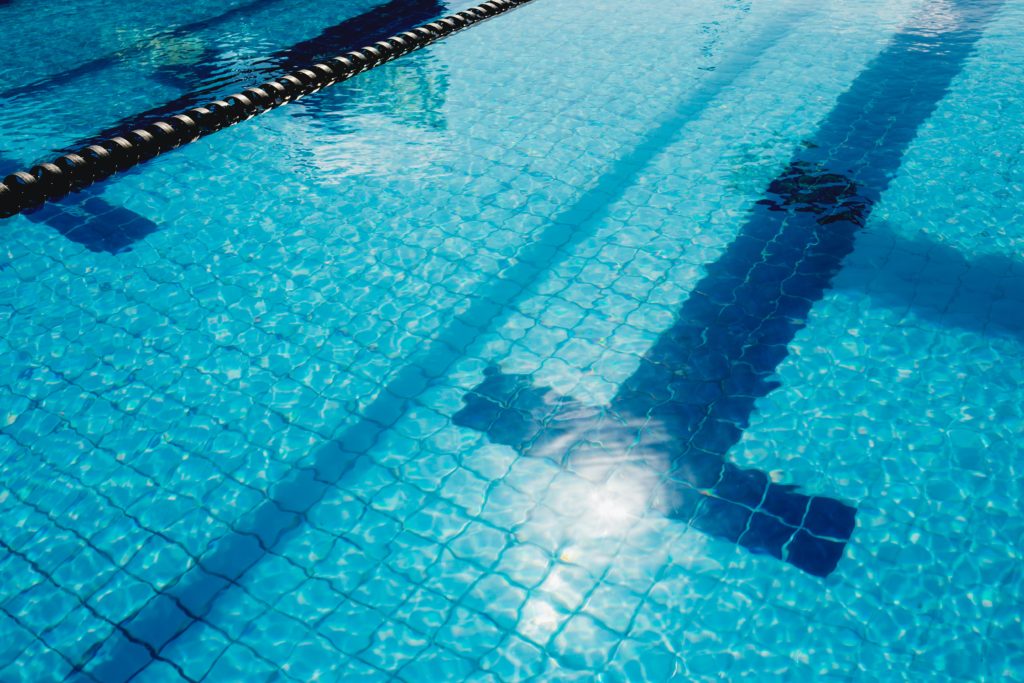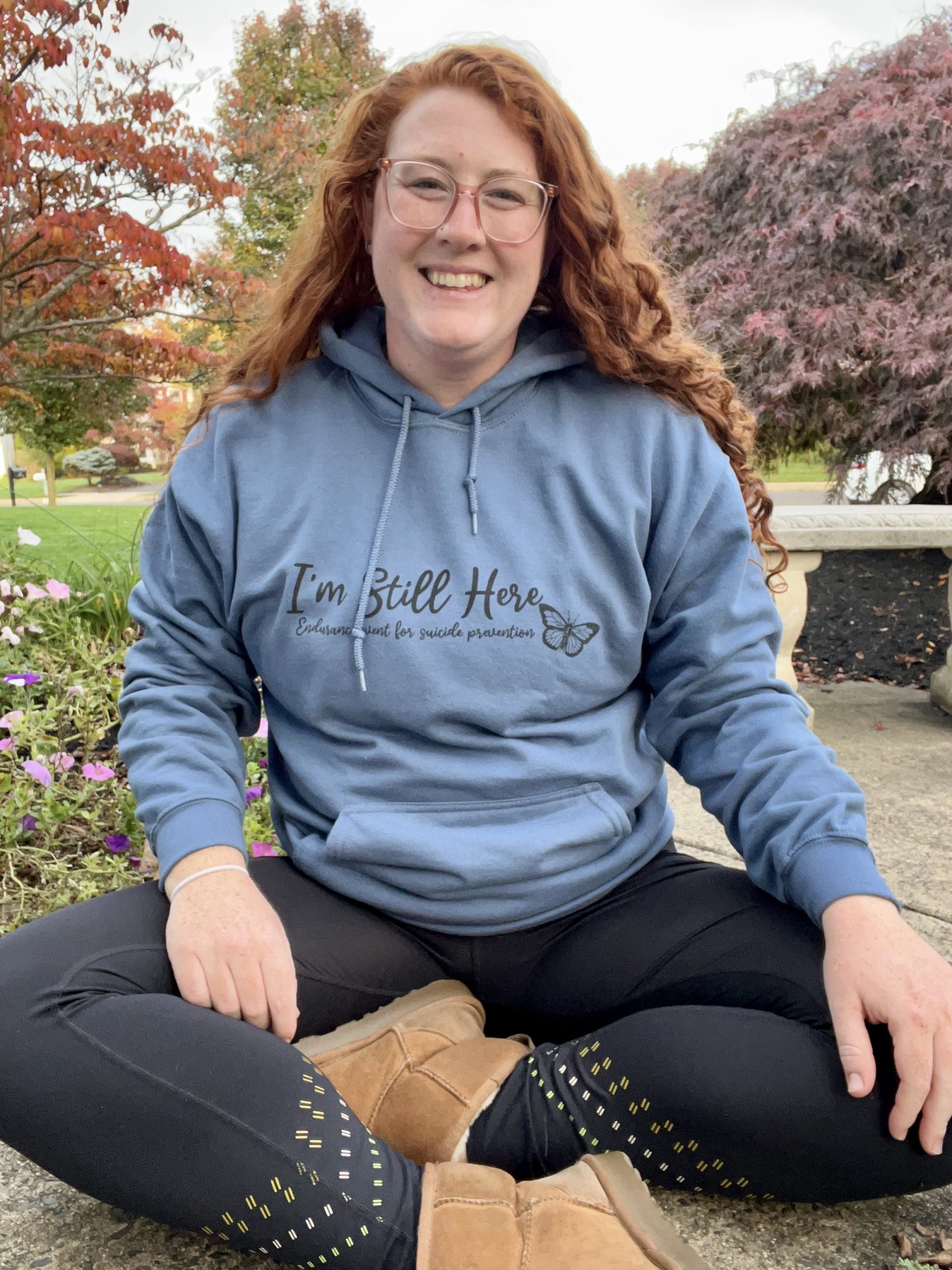Swimming Lingo Demystified

Triathletes who come to the sport via running, cycling, or somewhere entirely different are usually the most intimidated by swimming. Not only is it the only discipline not on land, it’s an entirely different body position as you are moving horizontally rather than the vertical motions of the bike and run. However, swimming doesn’t have to be intimidating! I started swimming in 2005, so I’m here to break down some of the terms you’ll hear as you get used to the sport (and hopefully find it’s your favorite, like me)! You’ll find swimming lingo defined for beginners and it’ll make swimming a bit less confusing.
Swimming Lingo Defined For Beginners:
Front Crawl/Freestyle/Free:
These terms are all somewhat interchangeable, but freestyle tends to include breathing on your side (or for more advanced swimmers, bilateral breathing) and this is the stroke most commonly used in triathlon as well as the fastest.
Set:
A set is simply part of a workout that isn’t the warm-up or cool-down. Sets typically focus on one specific aspect of your swimming- technique, body position, pull, kick, speed, or endurance. The amount of sets will vary by workout, but there are generally 2-5 sets depending on goal distance and experience level.
Drills:
Drills are the technique-enhancing methods such as six-kick-and-roll to build your kick, fingertip drag for high elbows, or catch-ups to prevent your arms from crossing over one another.
“On the Top/On the Bottom”:
This is a very common term used in swim practices, so if you’re intending on joining a Master’s team, which are offered at most pools, to boost your skills, this one is a must to know. Swimmers generally do their sets based on time, whether it’s being within a certain time (i.e. 4×200’s on the 3:30) or with a rest period (i.e. 4×200’s with 20 seconds rest between.) The time is checked either with a digital or analog clock, and “on the top” is either the 60/0 second mark at the top of the clock, and “on the bottom” is the 30 second mark at the bottom of the clock.
Circle Swimming:
This is relevant in pool swimming regardless of a team setting or not. Circle swimming is exactly as it sounds- swimming in a circular fashion up and down the pool. The swimmer will remain on their right-hand side each way, so that additional swimmers can easily follow the pattern and no one is running into each other. Many people will “split the lane”, meaning each swimmer stays on one half of the lane, but if you’re practicing with a seasoned swimmer, circle swimming will be expected. .
Dryland:
This is a workout that is centered around swim strength and is not done in the water. While these can also be considered “strength workouts”, the term in the swimming community is “dryland” due to the wet nature of the sport. Dryland workouts tend to focus on the core, hips, chest, back, and shoulders, though all muscle groups are vital to improving swim skills and overall speed
Stroke Count:
Stroke count is more often used in pool swimming, and can mean two things- either the amount of strokes it takes to make the entire length of the pool, or the amount of strokes between the flags and the wall. This is helpful to gauge stroke efficiency and to find a rhythm before flip turns, which are turns off the wall at the end of the lane.
Short Course v. Long Course:
This is simply how long the pool is – short course is either 25 yards or meters, and long course is 50 yards or meters. Most pools are short course, but many pools used for higher levels of competition are long course.
“Speedo”:
This one is more to dispel a common misconception around swim culture, though there’s nothing wrong with the term! A “speedo” is what’s called a “brief” in competitive swimming, and of course Speedo is a massive and influential brand in the swimming space. My personal favorite items from Speedo are their endurance swimsuits and the Vanquisher 2.0 goggles, the latter of which I recommend to anyone who is getting into swimming.
This should be a good start to understanding swimming as a discipline and how to interpret the lingo. Best of luck, and remember- just keep swimming!

Danielle Moore is a swimmer and triathlete living outside Philadelphia, Pennsylvania. Her athletic journey picked up at 10 years old when she started swimming in the summers, and ended up as a butterflyer for both her high school and college teams. She ran track in middle and high school as well, but swimming is her true passion in sports. Danielle has also been teaching swim lessons since 2010 and received her US Masters Swimming Level 1 Coach certification in March 2022. She raced her first sprint triathlon in 2019 and has been hooked ever since- she will be racing her first half Ironman in September 2022.









